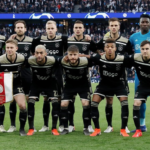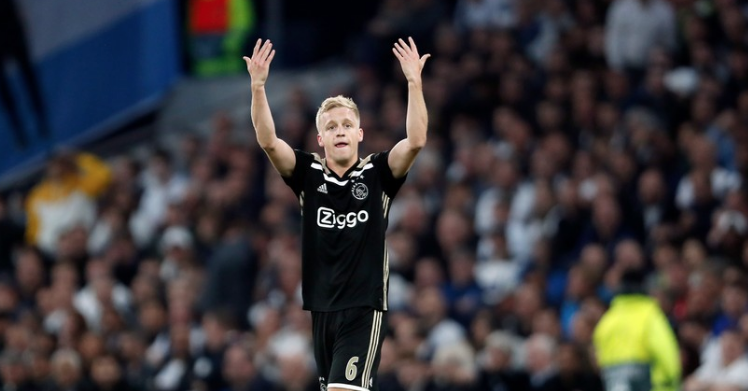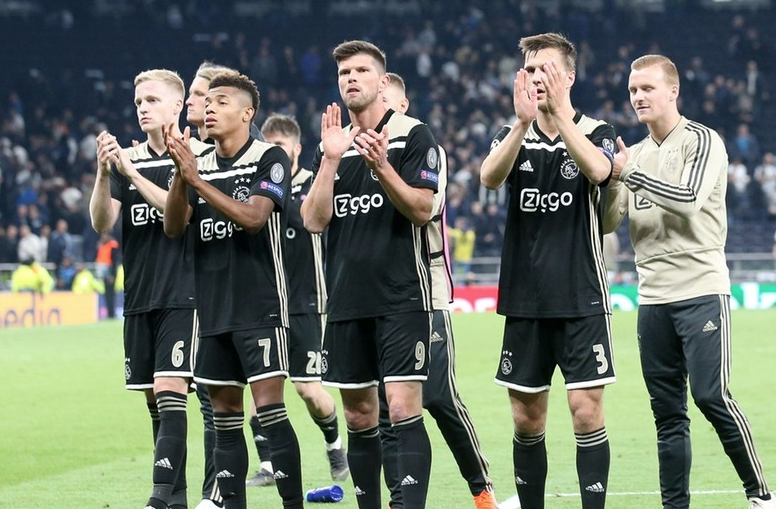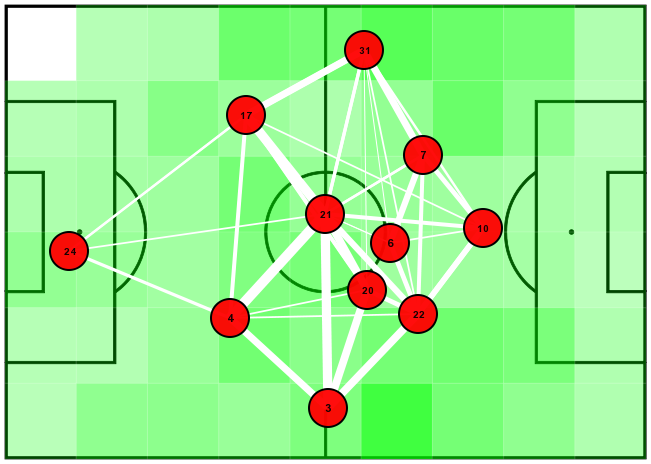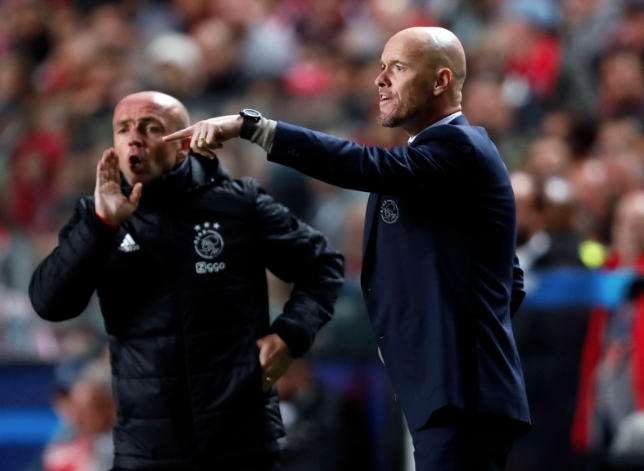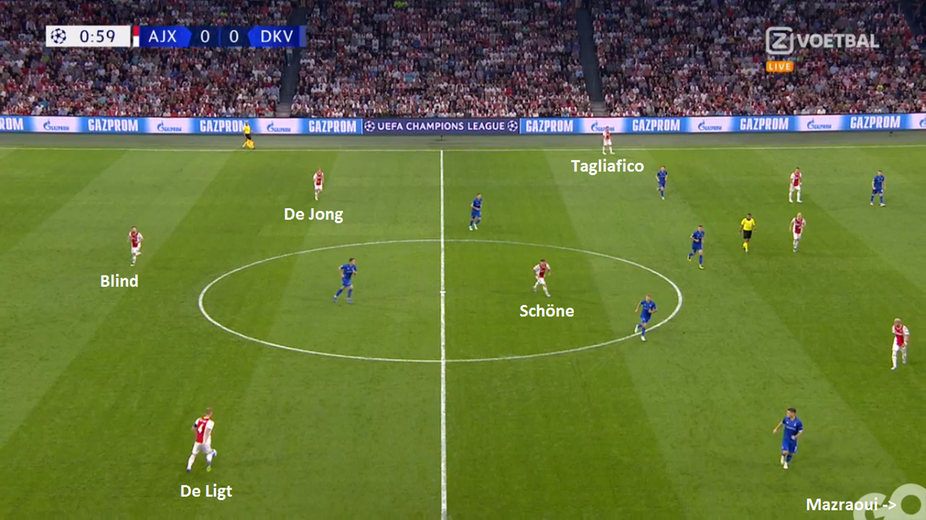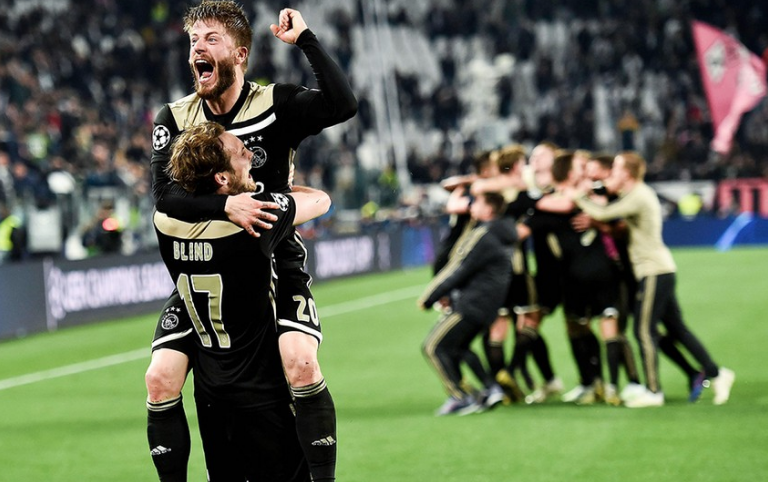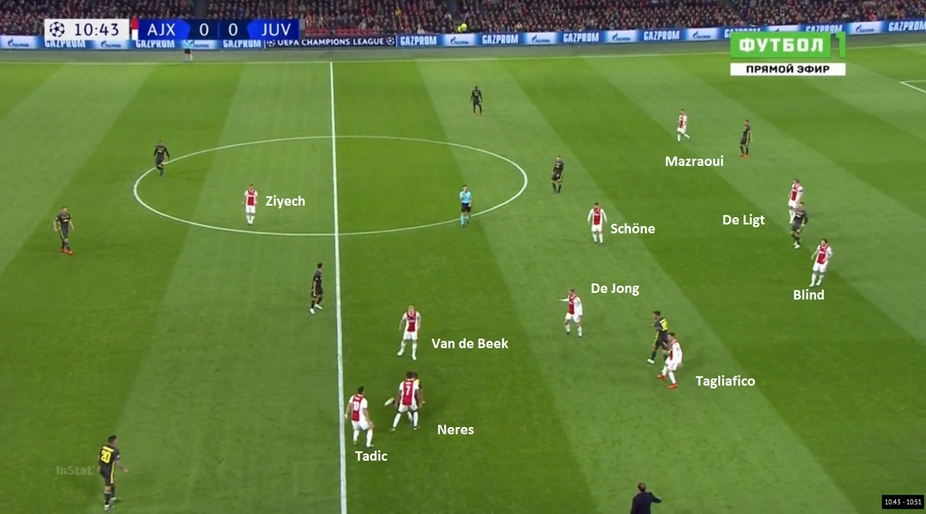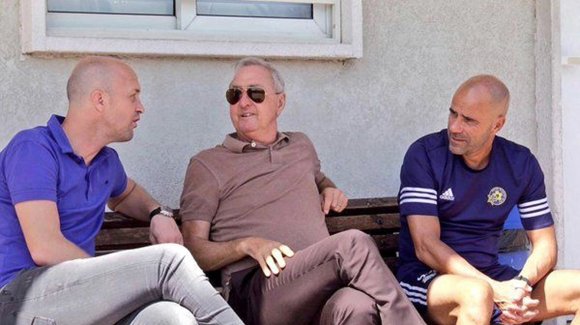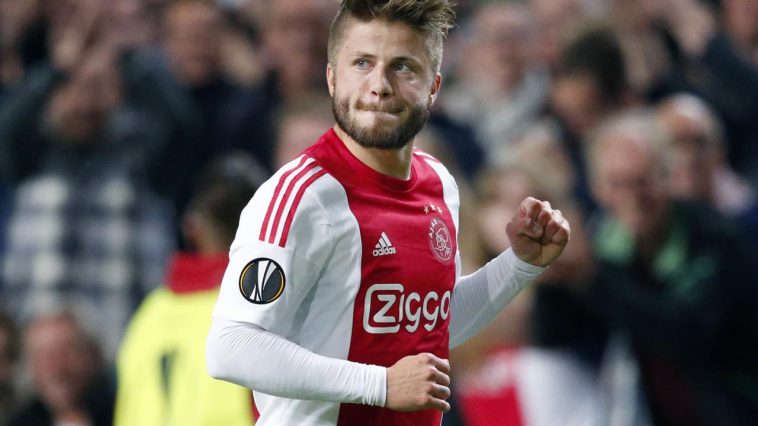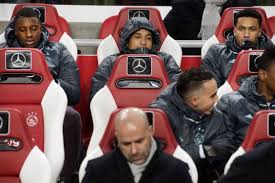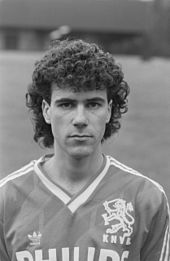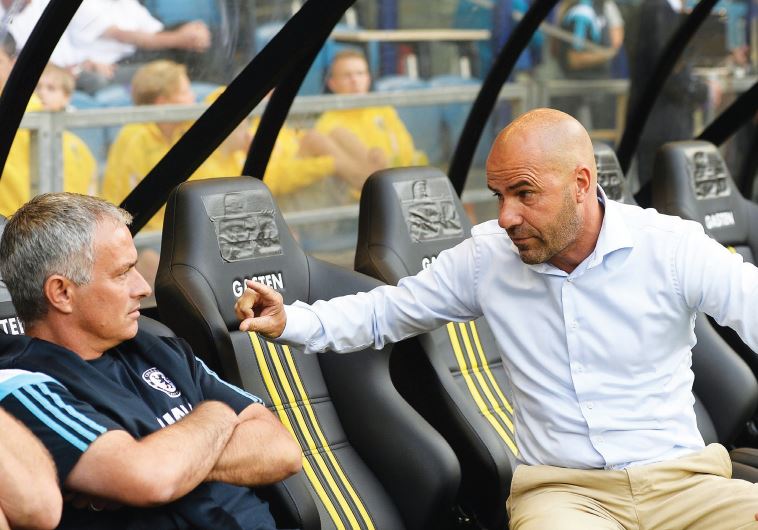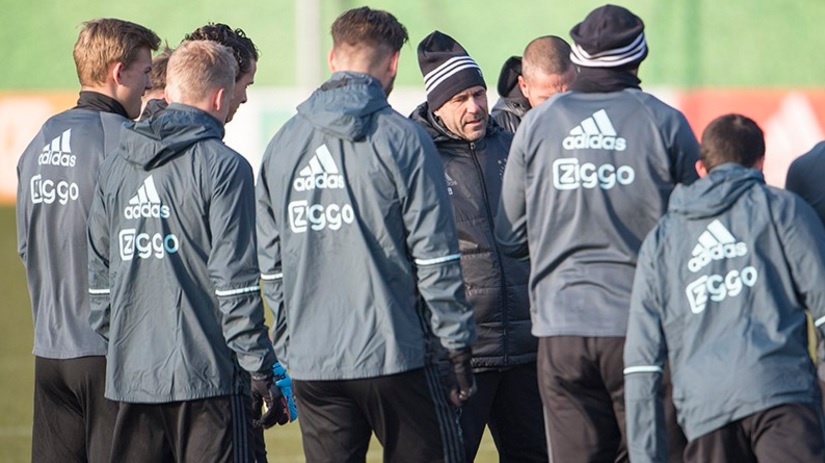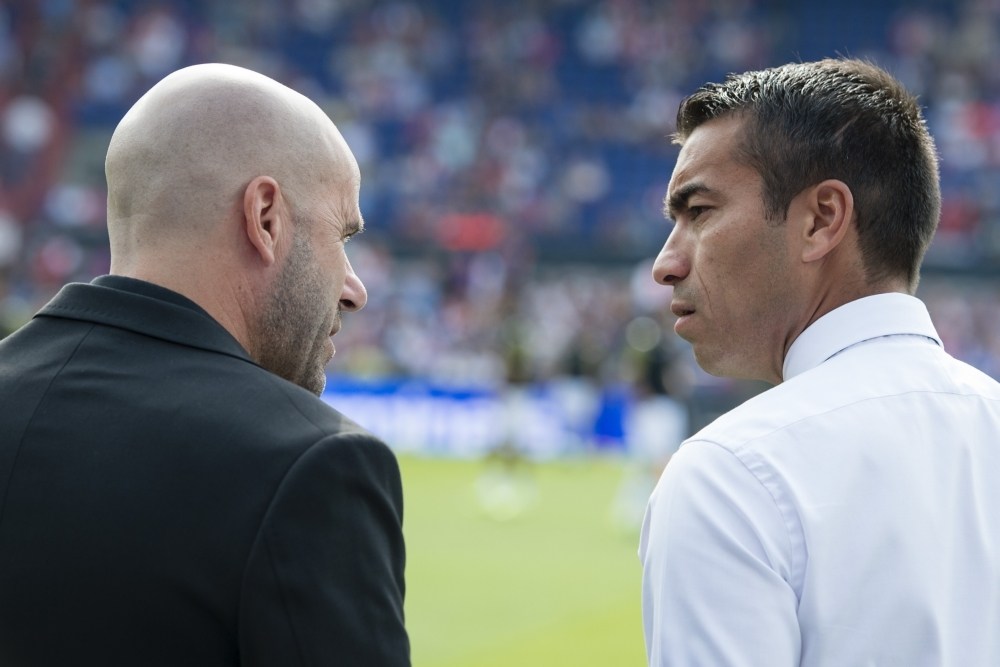We love hyperboles… We actually witnessed one in action yesterday. With Stevie G watching on from the stands in Anfield, the man who led his team to the CL win in Istanbul, after being 3-0 down at half time… That vibe was present in Liverpool yesterday and must have inspired the Reds like nothing else. And only a few people realised that we are watching a huge shift in hierarchy in world football. After many many CL finals, we will see a finals without either Messi or Ronaldo. Their reign ended. The new super stars are called Van Dijk. De Ligt. De Jong. And they will reign supreme in the next decade.
Tactics won yesterday. Tactics, Klopp’s to be precise, in combination with the typical English gung ho mentality and energy. And how is Wijnaldum a typical example of Liverpool’s heavy metal football. Gini runs, tackles, pushes, scores, jumps and passes… What a game, what a team! From their goalie to their right back to their Egyptian pharao Mo Salah. Respect!
And yes, Tottenham Hotspur will be inspired by the Liverpool feat. Sure. But it will also have done something with Ajax. Don’t worry.
Ten Hag calls it the biggest game in Johan Cruyff Arena ever. That is probably not true. But for him and his team, it will be true. And for all the fans tomorrow as well. It will be the first time in 23 years that Ajax might get into the CL finals. Two years ago, they reached the Europa League finals under Bosz, which was quite a feat already, but the prestige of the CL finals is unprecedented. In this century, no other Dutch club reached this far. In 1996 Ajax lost the finals vs Juve on penalties and that was it.
Should Ajax win the CL, they will add a cool 22.5M euros to their bank account. They’ll play the World Cup for clubs too which will bring them around 3.5M euros. All in all, this season Ajax could write 42.5M euros for reaching the group stages of the CL. And don’t forget, Ajax started all this early in the season as qualifiers… Ajax will earn around 100M in total as a result of their European adventure.
Dutch football in general will benefit greatly as Ajax will earn heaps of coefficiency points, which will result in an easier entry in European tournaments in the future.
What can we expect tomorrow?
It seems Ajax’ squad is top fit, with the exception of David Neres who has some slight issues (but will play).
Mazraoui is back in full fitness and his tremendous turn as a sub – in combi with Veltman’s not so great game – will probably mean he starts as right back again.
“When you have the ball you can avoid getting into duels. In the first phase of the first half, we demonstrated how this works” – Erik Ten Hag at the presser
This quote above tells us how Ten Hag will want to play. The same as he did in the first 30 mins at White Hart Lane. With Ziyech and Neres coming in tight. With Tadic dropping to midfield at times. With Frenkie de Jong dropping next to Blind and Veltman moving inside to offer more options. And zipping the ball from foot to foot.
“We didn’t anticipate their changes well enough and as a result it became fight football,” – Erik ten Hag on Ajax TV
Ajax failed to have enough players around target man Llorente to grab the second ball and entered the arena for fight where avoiding and using the space to play out of trouble was a wiser option.
“After the break we managed to set the team up to deal with Spurs. Defensively, we were well positioned and never really got into trouble” – Erik ten Hag for Veronica TV
In the second half, Neres and Ziyech don’t press together. Ziyech presses the central defenders while Neres drops back to support his midfield. Matthijs de Ligt follows Llorente to challenge the long balls while De Jong drops back to fill the space in the centre of defence. He also does this when Blind follows the wandering Moura.
When Spurs has longer spells of possession, Ziyech and Neres drop back as wide wingbacks. It’s telling that Hakim Ziyech had the most successful tackles of all Ajax players (6).
“We failed to execute our game in possession. We should have had the peace to keep the ball longer. There was so much space on the other end of the pitch and we should have used this for the change pass and to let Spurs run ragged. In those situations, you can pounce.” – Erik ten Hag for Veronica TV
Ajax sees most space available for the full backs and Ajax prefers to use Veltman, as Tagliaficio would use the space Frenkie de Jong likes to dribble into. The plan was for Ajax to use the ball on one flank and then use the cross pass to utilise the space on the other end. Ajax fails to do this. Until Mazraoui comes for Schone. The right back (and former playmaker) constantly finds space behind Eriksen, like with the spell which resulted in Neres shot on the post.
This will be the key lesson for Ten Hag: when Spurs uses the diamond in midfield, the interplay between Ajax’ holding midfielder and full backs allows them a route out of trouble. This will probably prove to be a convincing response to this Tottenham Hotspur version.

